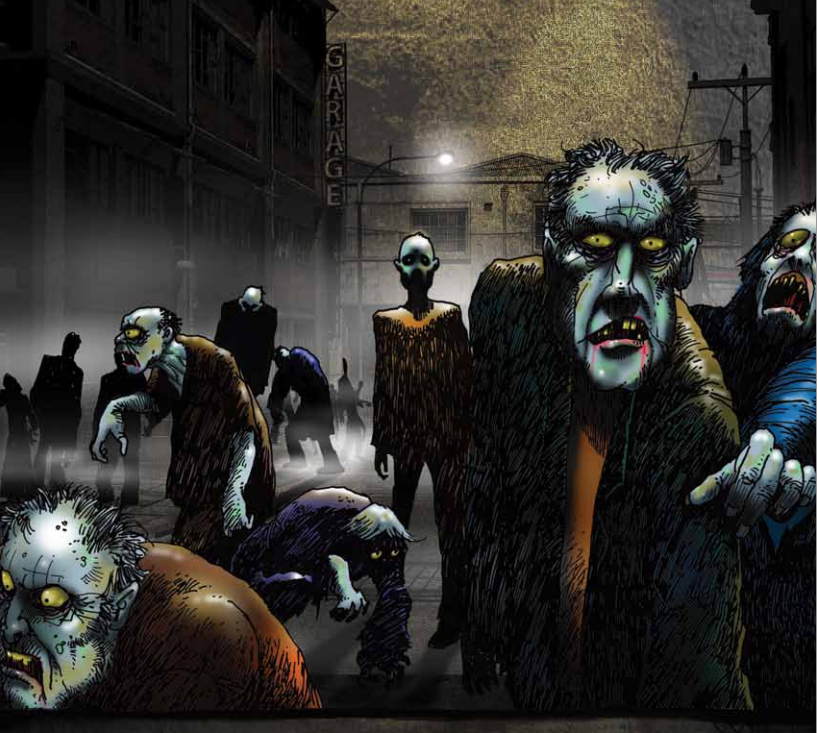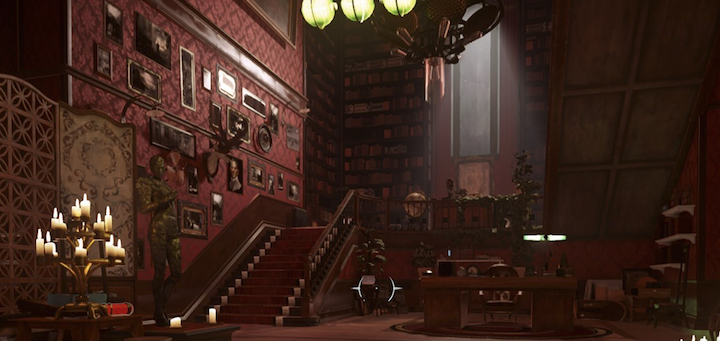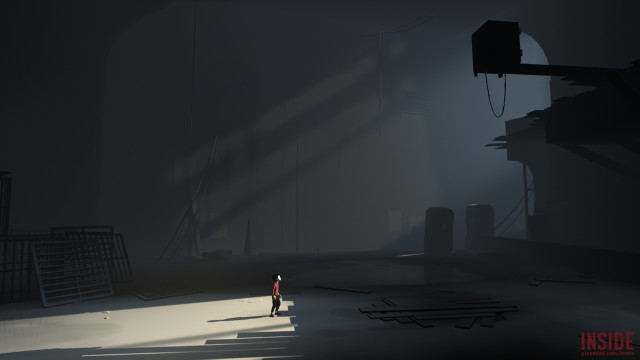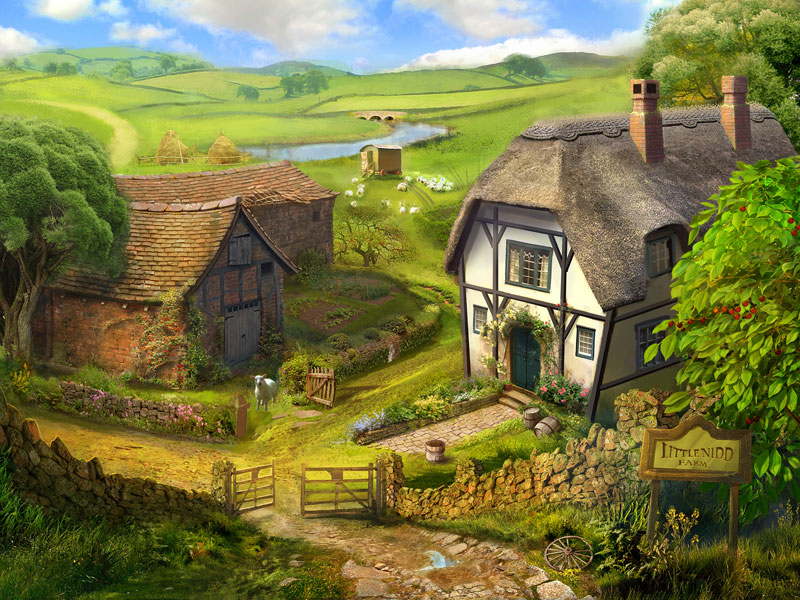Last week I was lucky enough to be part of a really cool program: an IT camp for girls between 12 and 15. I taught a game design unit, and we talked about game theory and the positive impact of games on our world. We made games, some of which were about deeply complicated things and that would only be made by teenaged girls. And we played each others’ games, gave feedback, and helped make the games better. They left buzzing about what they could make next. It was positive. It was fun. But the further I get from the camp, I’ve started to wonder: was it also fake?
The video game community is toxic. As if any sentence needed to be said less than that. It’s true, though painfully obvious by now. Last week I told these brilliant girls who have not yet been so beaten down by life that they couldn’t play, create, design, write, and make games. It was inspiring. I told them they needed skills, of course, and education, but that the industry was in dire need of their skills and creativity and enthusiasm. The more I think about it, however, the more I think I sold them a false bill of goods.
Sure they can gain the skills and education necessary to be successful in the games industry. But that’s not even close to the whole story. What they need is thick skin; the self-esteem to withstand being attacked by male colleagues and female colleagues that are supposedly allies; the ability to stay focused and not break down when everything around them crumbles; the focus to not only put up with the stuff everyone else does at their job, but to deal with an unmatched amount of sexism, racism, hated, vitriol, and objectivism heaped on them. Every day. Every time they get dressed for work, bring up an idea at a meeting, have to decide whether or not to go to HR for the last indiscretion, they will have to. Perhaps no workplace is safe, but I can’t think of a more hateful community to be a part of. And I told them none of this. I prepared them, for none of this. Why?
My immediate reaction when I asked myself this was to say that the gaming industry has to have more diversity. Nearly all of the girls in the camp identified with more than being female, making their identities intersectional. In fact the room was as diverse of a room that I have stepped foot into, in terms of race, gender presentation, sexual orientation, ethnic background, and religion. Selfishly I thought that if these girls could some how make it through the mountains of shit and start to put their mark on the industry, then maybe it all would really start to change. That is a lot to put on a teenager’s shoulders.
This week I put the finishing touches on a game curriculum for high schoolers. I included information about writing good characters, designing effective levels, and even a huge unit on creating board games (Minnesota has a huge board game industry). I got to the unit I included on games and culture. I taught a class with the same name last spring, and it went very well. We talked about GamerGate, sexism, racism, and all the nasty stuff surrounding games. We read books like Values at Play in Digital Games, which focuses on how to make the industry better by make more ethical choices in the game design process. But I couldn’t include any of the cool stuff we did in that class because it’s for high school students. It was inappropriate, included profanity, and certainly deals with subject matter not appropriate for school. So what did I do? The only thing I could: paint a lie.
Is it better for aspiring game designers to maintain their enthusiasm and innocence as long as possible? Or is it better to call out the problems as soon as possible so they can recognize bias and discrimination when it happens? We didn’t (and often still don’t) tell children the real story of Thanksgiving. Most of us recognize that that was a mistake. Our lie became our history very quickly. Should we prepare girls for the discrimination, sexism, and harassment they will likely face? I don’t know; but I do know many parents are now finding values in new lessons. They’re abandoning the old “boys must be boys” mantra. They’re teaching that personal space can trump the need to “share” everything, which had previously led to a generation of girls too terrified to say no.
How can this translate to video games? I don’t know, but I think a few things can be done now, done today, to make things better. First, we need to stop acting as if video games are some neutral medium that everyone has equal access to. By “we,” I primarily mean educators. We, and I’m in this camp as much as anyone, have been so focused on using this medium to reach kids (with the best intentions), that we have forgotten to stop to make sure we are teaching games in the right way.
As I get ready to present this game study curriculum to a room full of high school teachers, I think about every single PowerPoint slide, every lecture note, every graphic. I have been thoughtful, revised, and revised some more. Here are some of the problem areas I have found that need a little truth to balance out the optimism:
- Careers in game design
I constantly encourage young folks to go into the industry. Many women in STEM I’ve talked to said they didn’t go into games because it never even was an option—they never thought about it and no one pitched it to them. Not to mention the fact that most parents think it’s a waste of time. What I’ve tried to tell the girls I teach about games and have included in my curriculum is this: women are considered a critical minority in the technical parts of the gaming industry. It is difficult work, and you will face challenges. But, it can be incredibly rewarding and you can be a trailblazer. Is that enough? I don’t know.
- Encouragement of participation in the community
Many of the activities I think could go with a game design or game studies unit involved the expansive online communities surrounding games. Young people do so much writing and composing about video games: tutorials, walkthroughs, reviews, blogs, comments, and on and on and on. It is only natural for teachers to want to tap into that. However, it much be stressed that some of these communities are incredible exclusive. If your handle or image betrays a gender, sex, sexual orientation, race, or beliefs other than white cisgender male, you will likely be ridiculed. It’s a space that is seemingly the most free place on earth, but only if you conform exactly and hide your identity. Telling students to act like a white cisgender male is not the answer. Making them aware and giving them the rhetorical tools to process, discuss, reflect, and fight back is a better answer.
- Ethical consequences of every decision
One of the most fun parts of building a game curriculum is the chance to sneak ethics into every little part. Designing an avatar? Be aware of cultural stereotypes; hire designers and writers that understand the cultures you’re representing. Programing an algorithm? This about folks who may be colorblind or have limited mobility. The question of ‘how can this be better’ can and should fit into every part of game design. Hopefully that makes better game designers. Hopefully that will make better games
Thanks for reading everyone! I hope this was as helpful for you as it was for me to think through.




